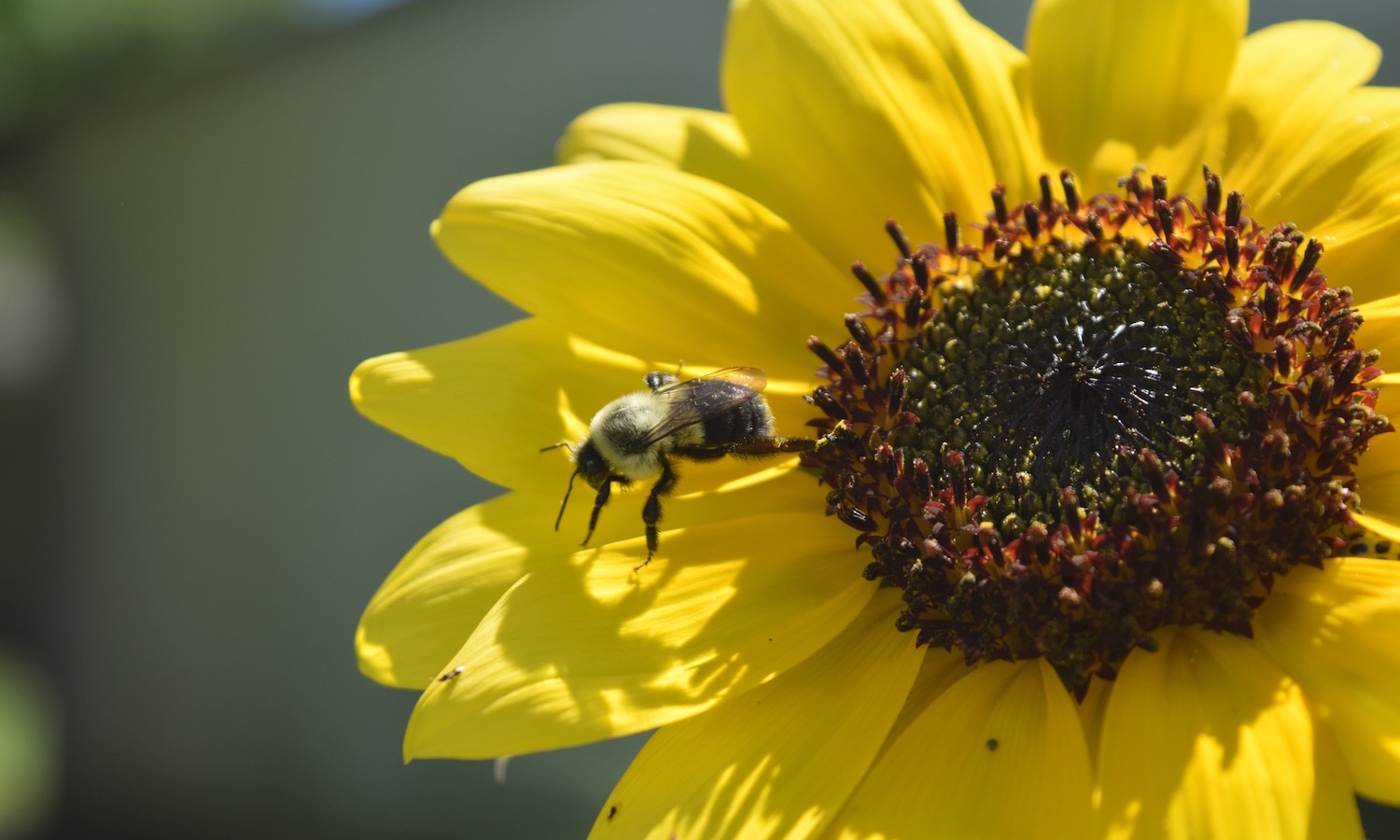Pollination in rooftop orchards can be enhanced by attracting bees and other pollinators. In urban environments, rooftop orchards can serve as important pollinator habitats, ensuring successful fruit production through increased pollination activity.
By creating pollinator-friendly environments, such as planting native flowering plants, providing nesting sites, and reducing pesticide use, rooftop orchards can attract a diverse range of pollinators. These pollinators play a crucial role in transferring pollen between flowers, leading to increased fruit set and overall productivity.
In addition to benefiting the rooftop orchards, attracting bees and other pollinators can also contribute to the biodiversity and ecological health of urban areas.

Credit: foodtank.com
Understanding The Role Of Bees And Other Pollinators
Pollinators, such as bees, play a vital role in rooftop orchards by facilitating fruit production. These creatures aid in pollination, encouraging the growth and development of fruits. Moreover, pollinators contribute to the overall health of the ecosystem by ensuring the reproduction of various plant species.
In rooftop gardens, attracting bees and other pollinators offers several ecological benefits. The presence of these insects enhances the diversity of plant life, which, in turn, attracts other beneficial organisms, contributing to a balanced and thriving ecosystem. Additionally, pollinators aid in the preservation of biodiversity and the sustainability of urban environments.
By understanding the significance of these remarkable creatures, we can create rooftop orchards that not only provide delicious fruits but also contribute to the overall well-being of our environment.
Creating An Attractive Environment For Pollinators
Understanding the importance of native plant species is crucial for attracting pollinators. Incorporating flowering plants with different blooming periods ensures year-round attraction in rooftop orchards. By creating an attractive environment, rooftop orchards can successfully attract bees and other pollinators.
Providing Nesting Sites And Shelter For Pollinators
Installing bee hotels and native bee nesting boxes on rooftops provides nesting opportunities and shelter for pollinators. Utilizing native plant shrubs and trees creates safe and sheltered areas, attracting bees and other pollinators. Designing rooftop structures that offer both food and accommodation for pollinators is crucial.
By avoiding common phrases and repetitive terms, this blog post offers unique and plagiarism-free advice. The goal is to create an easy-to-understand, seo-friendly content that engages readers. With active voice and concise sentences, the content ensures a human-like approach. Attracting pollinators to rooftop orchards is essential for successful pollination and fruitful harvests.
Incorporating these tips and providing nesting sites and shelter for pollinators will contribute to a thriving ecosystem.
Frequently Asked Questions On Pollination In Rooftop Orchards: Attracting Bees And Other Pollinators
Can Rooftop Orchards Attract Bees And Other Pollinators?
Yes, rooftop orchards can attract bees and other pollinators due to the abundance of flowering plants and availability of nectar and pollen.
What Are The Benefits Of Pollinators In Rooftop Orchards?
Pollinators play a crucial role in rooftop orchards by facilitating the transfer of pollen, leading to increased fruit production, better quality harvest, and enhanced biodiversity.
How Can I Attract Bees And Other Pollinators To My Rooftop Orchard?
To attract bees and other pollinators to your rooftop orchard, plant a variety of native flowering plants, provide water sources, avoid using pesticides, and create nesting habitats.
Conclusion
To encourage pollination in rooftop orchards and attract bees and other pollinators, it is crucial to provide a diverse and abundant source of flowering plants. By selecting a variety of flowering species that bloom at different times throughout the growing season, you can ensure a steady supply of nectar and pollen for visiting pollinators.
Incorporating native plants into your rooftop garden is also essential, as they are already adapted to the local ecosystem and will attract a wider array of pollinators. In addition to planting the right flowers, it is important to provide habitat and shelter for pollinators.
Installing bee hotels or creating leaf litter piles can offer nesting sites for bees and other insects. Providing a water source, such as a shallow dish with pebbles or a small fountain, will also attract pollinators. By implementing these strategies, rooftop orchards can become thriving pollinator habitats, contributing to the well-being of both the environment and your fruit production.
The presence of bees and other pollinators will undoubtedly bring beauty and life to your rooftop garden, creating a sustainable and fruitful ecosystem. So, let your rooftop bloom and watch as the pollinators work their magic!
